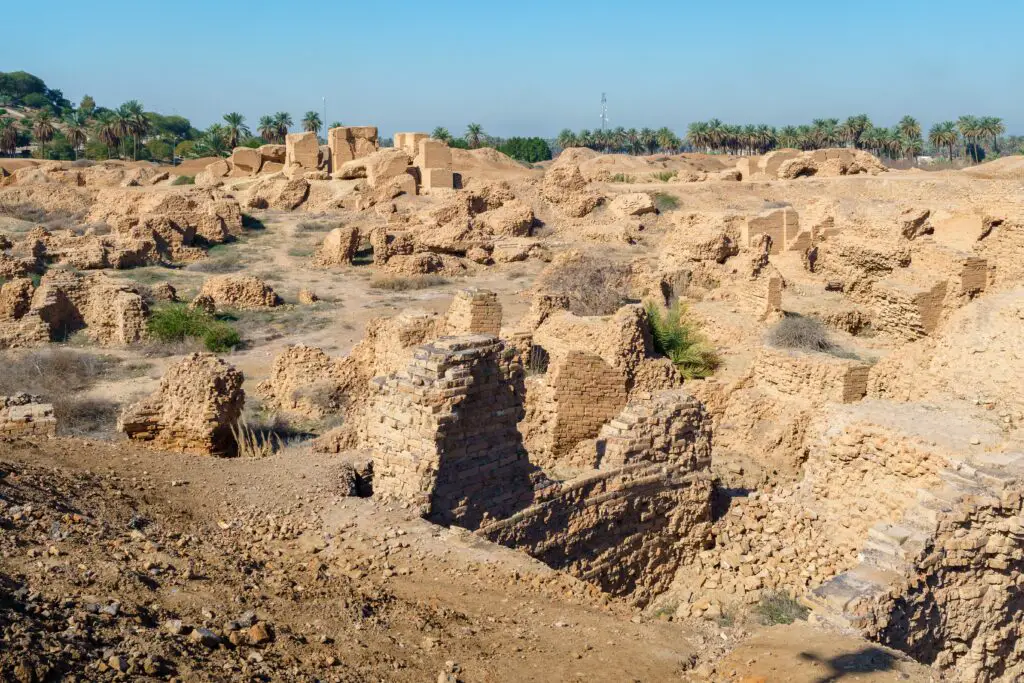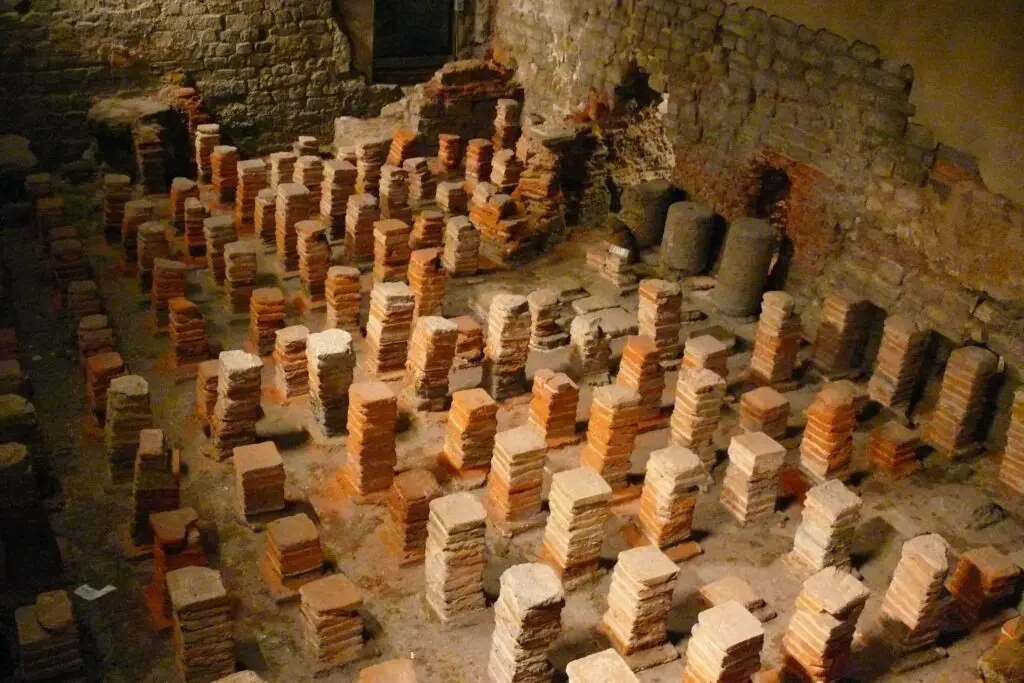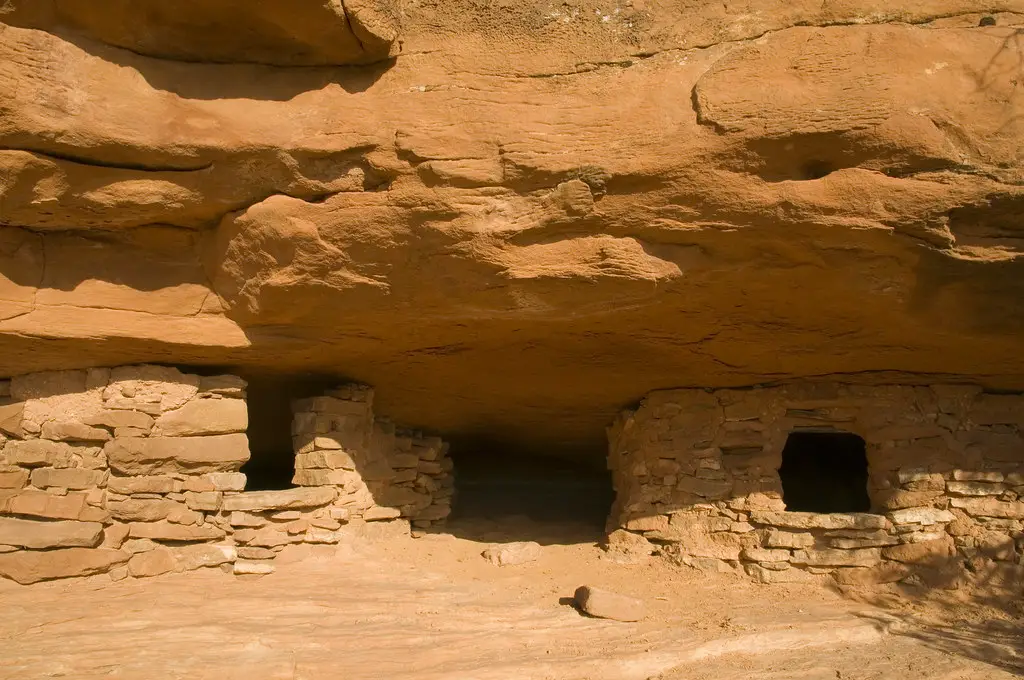1. Atlantis: The Lost City Beneath the Waves

The legend of Atlantis has fascinated historians and archaeologists for centuries. Described by Plato as a powerful, technologically advanced civilization that vanished beneath the sea in a single day, the story has been passed down through generations. While many believe Atlantis to be pure myth, some argue that it could be based on real events, like the destruction of the Minoan civilization. Still, no evidence has definitively proven the existence of Atlantis, leaving historians to wonder whether it was just an allegory meant to convey philosophical ideas.
Despite numerous theories proposing possible locations—ranging from the Mediterranean to the Caribbean—no archaeological finds have confirmed its existence. Every new discovery seems to reignite the debate, but Atlantis remains as elusive as ever. Some think the story’s power lies in its mystery, allowing it to continue capturing the imagination of people today, even though we may never know the truth behind it.
2. El Dorado: The Fabled City of Gold

For centuries, explorers searched for El Dorado, the mythical city of gold that was said to be hidden deep in South America. Early Spanish conquistadors were obsessed with the tale, believing that vast riches were waiting to be claimed. Historians are divided on whether El Dorado was a real place or a combination of exaggerated stories, misunderstandings, and ambitious myths created by indigenous people to keep intruders at bay. Some even suggest it was a metaphor for the pursuit of wealth rather than an actual city.
Modern researchers have theorized that El Dorado could be a myth stemming from various indigenous practices or a mix-up of different cities, such as the lost city of Paititi. There have been multiple expeditions to find it, but none have resulted in concrete evidence. The idea of a golden city still captures the curiosity of treasure hunters, even if it remains firmly in the realm of legend.
3. The Hanging Gardens of Babylon: Did They Ever Stand?

The Hanging Gardens of Babylon were considered one of the Seven Wonders of the Ancient World, but historians have long debated their existence. Descriptions suggest lush terraces filled with exotic plants and trees, watered by a sophisticated irrigation system, but no archaeological evidence has ever confirmed their location in Babylon, modern-day Iraq. Some believe the gardens may have been a poetic creation, exaggerated by ancient historians or perhaps even a misinterpretation of another historical site.
Others propose that the gardens could have existed in Nineveh, the capital of the Assyrian Empire, or that they were part of a royal palace that has since been lost to time. Ancient texts are unclear on many details, leading some to question whether the gardens ever existed at all. Despite this, the gardens continue to be a symbol of the opulence and ambition of ancient civilizations.
4. The Green Children of Woolpit: Fact or Fantasy?

The story of the Green Children of Woolpit, an English village, has intrigued historians for centuries. According to legend, two children with green-tinted skin appeared in the village in the 12th century. They spoke an unknown language and claimed to be from a place called “St. Martin’s Land.” As the children adapted to their new surroundings, their green color faded, but their strange origins remained a mystery.
Some historians argue that the children were likely from a foreign land, possibly with a rare medical condition that caused their skin to appear green. Others believe the story was a fantastical invention, created to explain an unusual event in a way that fit the superstitions of the time. Whatever the truth, the tale remains one of the strangest stories in English folklore, leaving us to wonder if the green children were a bizarre reality or just a clever fable.
5. The Lost Legion of Varus: Vanished Without a Trace

In 9 A.D., three Roman legions, led by Publius Quinctilius Varus, were completely wiped out in what became known as the Battle of the Teutoburg Forest. The Romans lost approximately 20,000 soldiers in the ambush, and no one truly knows what happened to the remains of the legion. Some believe that the soldiers were massacred and their bodies left to rot, but others argue that they were captured and held prisoner by the Germanic tribes.
The exact fate of the legion has been a source of much debate. While evidence suggests that the battle was a devastating blow to Roman expansion, there is still no conclusive proof of where the soldiers’ remains ended up. The disappearance of the Lost Legion continues to stir the imaginations of historians, with theories ranging from mass burial sites to the possibility that some of the soldiers were absorbed into local tribes.
6. The Anasazi: A Civilization That Disappeared

The Anasazi, an ancient Native American civilization that thrived in the southwestern United States, left behind intricate cliff dwellings and vast cities. At their peak, the Anasazi were masters of agriculture, pottery, and stone construction. However, by the late 12th century, their cities were abandoned. Historians and archaeologists still can’t agree on the reason for their sudden disappearance. Some believe the Anasazi left due to prolonged drought, while others argue that social upheaval or warfare may have been factors.
The Anasazi left behind little written record, and their mysterious disappearance has led to many theories. Some suggest that their descendants may have integrated into other Native American groups, while others speculate that they were wiped out by invaders. As time passes and new evidence emerges, the story of the Anasazi remains shrouded in mystery, leaving historians with more questions than answers.
